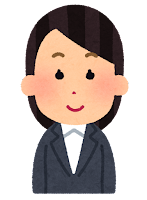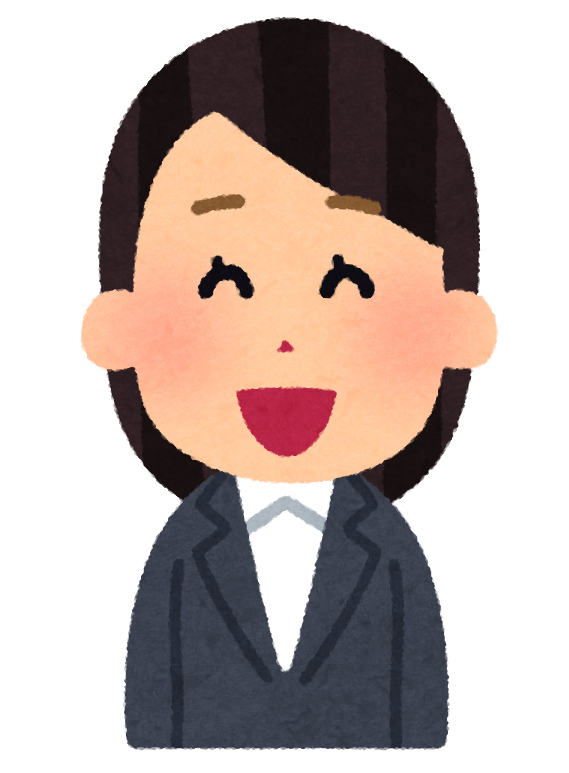The public health insurance system is a mandatory, cost-effective insurance that Japanese citizens take pride in. You are eligible to participate if you plan to stay in Japan for more than 3 months.

The Japanese health insurance covers every individual for all practitioners for any conditions.
Who can participate?
The Japanese public health insurance is open for all “residents,” regardless of their nationality. Anyone who have registered their residence in Japan through a process called “residential registration” or “Jyu-min tou-roku” can be included. Foreign nationals can do this registration provided they have a VISA with a stay period exceeding 3 months. Therefore, anyone who legally resides in Japan for more than 3 months is eligible to participate in the public health insurance.
How to see a doctor?
Seeking medical care with public insurance is super easy.
Just walk into the clinic of your choice, present your insurance card (referred to as the “hoken-show”) at the counter, see a doctor, and then pay 30% of the fee at the counter. That’s all there is to it. While advance reservations are recommended, they are not necessary.
All Doctors and Almost All Treatment Are Covered
There is no concept of an”in-network.” You can choose any hospital or doctor of your choice to visit because the insurance covers all healthcare providers in Japan. It also covers nearly all types of medical treatment. A few exceptions includes treatments that aim to achieve effects beyond medical necessity (e.g. for aesthetic purposes) or cutting-edge techniques that are still under development and have not yet been approved by the government for coverage.
You Will Pay 10 – 30% of the Total Fee
There is no concept of a “deductable.” After the doctor’s examination, you will pay 30% of the total fee as the out-of-pocket expenses, with the rest covered by the insurance. The rate will be lower if you are over 70 years old or under 6 years old. Fee rates are determined based on age and income. Individuals aged 75 and above are required to pay a 10% rate, while individuals in the 70 to 74 age bracket are charged at a 20% rate. Those under the age of 70 have a higher premium rate of 30%, and children under 6 years old, who have not yet reached the compulsory education age, are also charged at a 20% rate.
There is an exception for individuals aged 70 and above who continue to earn an income similar to that of active workers. In such cases, they are subject to a 30% premium rate. It’s important to note that these premium rate structures are consistent across the entire healthcare insurance system in Japan.

It’s that simple, right? When I was in the U.S., I was totally confused by how complex and expensive to see a doctor. that’s not happening in Japan.
Additionaly, you can call ambulance free of charge.

Enrolling in Public Health Insurance
Three Types of Insurance
The structure of public insurance is the same, but there are mainly three different managing entities. They vary slightly in terms of how insurance premiums are calculated and whether they cover dependent family members, prompting some individuals to explore strategies to get the most out of their coverage. However, since most aspects are quite similar, you don’t need to dwell on the differences. Let’s dive into which insurance association will be the best fit for you to enroll in.
National Health Insurance
First, we have National Health Insurance (Koku-min ken-ko hoken). Each municiparity runs this type of insurance. Registering your residency generally obliges you to sign up for National Health Insurance. However, employees and those over 75 years old can enroll in other insurance and will be exempt from the obligation if they choose to enroll in other insurance. Out of Japan’s population of 120 million, only around 25%, or approximately 30 million people, are enrolled in National Health Insurance. The rest are members of one of the following options.
Employees’ Health Insurance
The second choice is Employees’ Health Insurance. This is an insurance association organized by medium to large private companies and government agencies for their employees. What makes Employees’ Health Insurance attractive is that employers cover 50% of the insurance premiums, and it typically includes coverage for dependent family members at no additional cost. If you work for such an employer, you have the right to join Employees’ Health Insurance. Close to 80 million people are part of this scheme.
Late-Stage Elderly Medical Care System
The third option is the Late-Stage Elderly Medical Care System. Once you reach 75 years of age, you will transition to this insurance program. In some cases, individuals between 65 and 74 years old with certain disabilities can apply for enrollment. Approximately 20 million people are enrolled in this system.
So, if you are an employee who is under 75 years old, you can choose from National Health Insurance and Employees’ Health Insurance. Below is a comparison between the two. Usually, Employees’ Health Insurance is more benefitial:
Employees’ Health Insurance
- Insurance Premium Calculation: Based on standard monthly income.
- Insurance Premium Payment: Split between employer and employee.
- Dependent Treatment: Supports dependents without changing premiums.
- Maternity and Sickness Benefits: Includes these benefits.
- Maternity and Childcare Lump Sum Payment: Offers around ¥420,000.
National Health Insurance
- Insurance Premium Calculation: Depends on factors like household size, age, and income.
- Insurance Premium Payment: Self-funded by the individual.
- Dependent Treatment: Does not cover dependents, and premiums increase with more household members.
- Maternity and Sickness Benefits: Does not provide these benefits.
- Maternity and Childcare Lump Sum Payment: Also offers around ¥420,000.
Enrollment process: National Health Insurance
Enrolling in the National Health Insurance isn’t something that happens automatically. You’ll need to follow specific procedures in the following situations:
- When you first arrive in Japan (if your stay will be longer than three months);
- When a child is born;
- After moving to a different municipality, or;
- If you were previously enrolled in the Employees’ Health Insurance and decide to discontinue it.
It’s required to complete the enrollment process within 14 days from the date of entry, relocation, or leaving the Employees’ Health Insurance. You should visit the local municipal office where you’ve registered your residency. Even if you don’t enroll immediately, keep in mind that you’ll still need to pay insurance premiums retroactively from one of the aforementioned dates.
Documents You’ll Need for Enrollment
- Residence Card or Passport (individuals with specific activity visas will also require a “designated form”)
- My Number Card
- Additional documents based on the reason for enrollment:
- If you’re leaving the Employees’ Health Insurance, you’ll need one of the following: a Certificate of Loss of Social Insurance, a Separation Notice, or a Certificate of Resignation.
- When a child is born, make sure to have the parents’ National Health Insurance Card and the Mother and Child Health Handbook on hand.
Enrollment process: Employees’ Health Insurance
If you’re signing up for Employees’ Health Insurance, it’s your employer’s responsibility to kick-start the enrollment process at the Pension Office. Your employer will provide you with the required paperwork, so be sure to cooperate by submitting the necessary documents. Typically, these documents include:
- A copy of your resident registration (Juminhyo).
- If you have dependents, you might need documents like family registries or tax certificates for your dependents.
Employers are obliged to complete the enrollment process within five days of hiring you. In some rare cases, you might come across employers who are hesitant to start the enrollment process due to concerns about insurance premium payments. If you find yourself in such a situation, seeking assistance from a lawyer or reaching out to relevant authorities like the Labor Standards Inspection Office or the Pension Office can provide the help you need. To know more about your rights as an employee, refer to our article “A Simple Guide to Labor Law in Japan“.
Enrollment process: Late-Stage Elderly Medical Care System
If you’re approaching your 75th birthday, you will be enrolled in the Late-Stage Elderly Medical Care System automatically, so there’s no need to worry about an enrollment process. Your insurance card will be sent to you via registered mail in the latter part of the month before your birthday month. Additionally, you will receive information about insurance premiums by mail in the month following your birthday month or the one after that.
Conclusion
In summary, Japan’s public health insurance system ensures that healthcare is accessible and affordable for all residents. With no in-network restrictions, comprehensive coverage, and reasonable costs, it’s a model for accessible healthcare. Whether you’re a resident or visitor, you can confidently access quality care in Japan.
